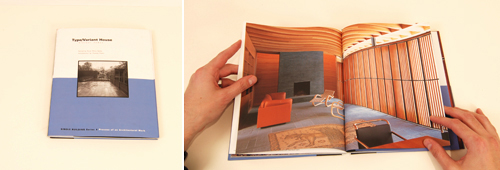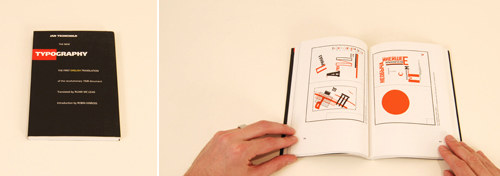
As Architects and builders we buy a lot of books and we get rid of a lot of books, but there’s always a few design books that stay on our shelves and on our desks because they’re so good. Today’s post reviews a few favorites and a few that we suspect will quickly become favorites. Let us know what’s important in your design library.

Mapping New York, Black Dog Publishing, $49.95
We were honored to find a brand-spanking-new copy of Mapping New York on our desks from the sharp shooters at Black Dog Publishing. If you’re like us, and you enjoy long aimless walks through the streets of Manhattan, have spent a significant amount of your life marveling at the scale of New York City or simply find the history of New York’s geometry fascinating, you will fall madly in love with this book. Starting appropriately with the Dutch map makers the book covers everything from the first orchards through the expansion north, to maps tracking social statistics, the Harlem renaissance, demographics of noise complaints, Nasa photographs from space, map projections into the future, and everything in between. The complexity of New York tracked over time is simply mesmerizing and Mapping New York tells the story page after gorgeous page. This is more than just a book of maps; it’s the graphic history of how a place became the most important city in the world.

Things I Have Learned In My Life So Far by Stefan Sagmeister, Abrams Books, $40.00
Sagmeister’s thesis of his life so far breaks down into 15 handsome little magazines that are so fun they don’t stay on the bookshelf for long. They wind up on the coffee table, the bedside table, on the kitchen table at breakfast, in our bookbags… The volumes are exciting in that way where you never quite know what’s around the next corner. It makes you feel like a kid again and ignites the curious sense of imagination and wonder that got most of us addicted to design in the first place.

Making and Breaking the Grid by Timothy Samara, Rockport, $25.00
With over 200 pages of beautiful visual compositions and lessons this book is a feast for the eyes. It’s also a serious book for the well trained eye. It might be best utilized by those who have been around the block a few times; those warriors of graphic design deep in the trenches of saving the world from ugly. This book is tactical and strategic, think of it as a textbook for real life design.

Single Building Series | Process of an Architectural Work, Rockport, $5
Rockport is doing a nice job covering some important projects that simply require an abundance of photos, writing and drawings to properly understand. The Single Building Series issue that is usually out and about in the office, and never quite makes it back on the shelf, is the Type Variant House by Vincent James. It’s been flipped through so many times the spine has long since broken and the pages are starting to spill out all over the place. The diagrams are clean, crisp and refined, the photos (starting with construction process photos) are vibrant and inspiring. The designers who composed this book series know when not to do something – photos only extend on the pages as far as they need to and refreshing white space abounds throughout the book. Process sketches are carefully located alongside finish photos giving the viewer a glimpse at the mastery behind architecture of this caliber.

The New Typography by Jan Tschichold, University of California Press, $35.00
This book is as old as dirt and more important than ever. First published in Germany in 1928, the book was a manifesto of modern design and codified many of the modernist design rules still very much in use today. It was translated into English in the 1950’s and remains available today. We like the book because it’s one of the purest versions of graphic design in our modern, digital world. While Tschichold’s lessons apply extremely well to digital design, the book attacks the written word based on the printed composition – still the end product of much of our digital efforts.





